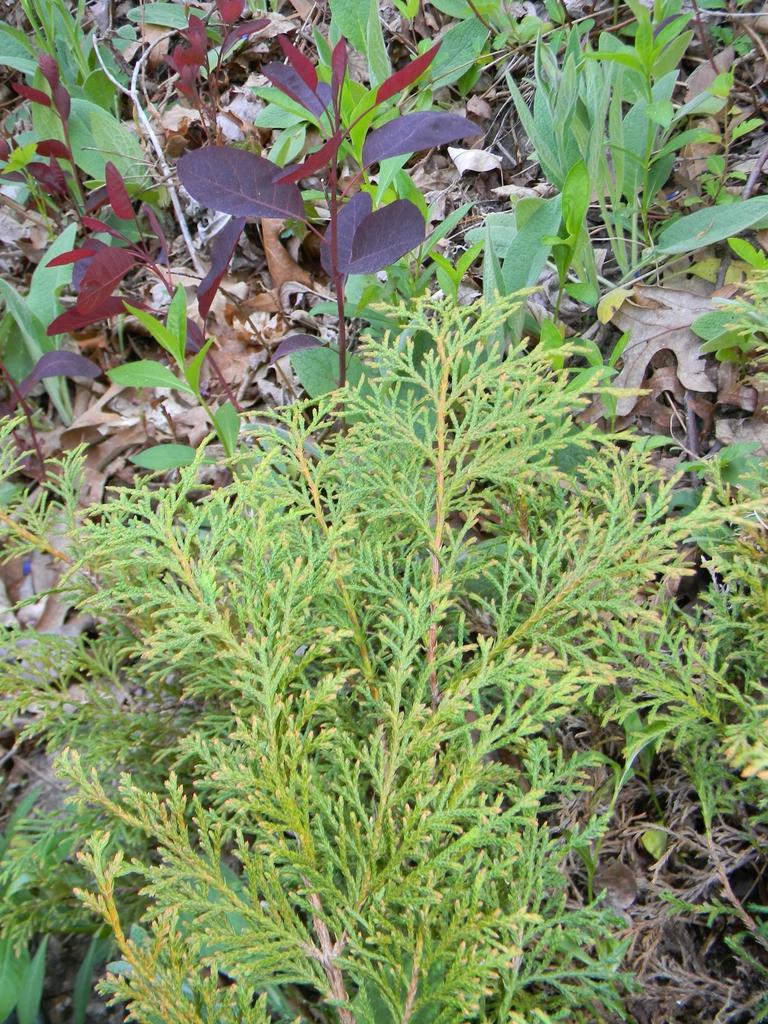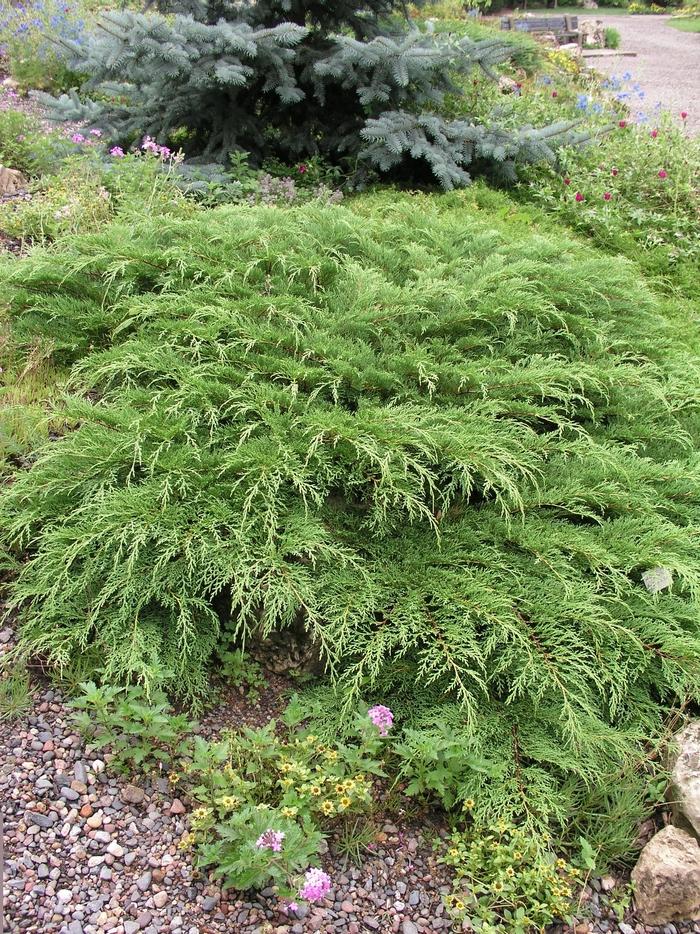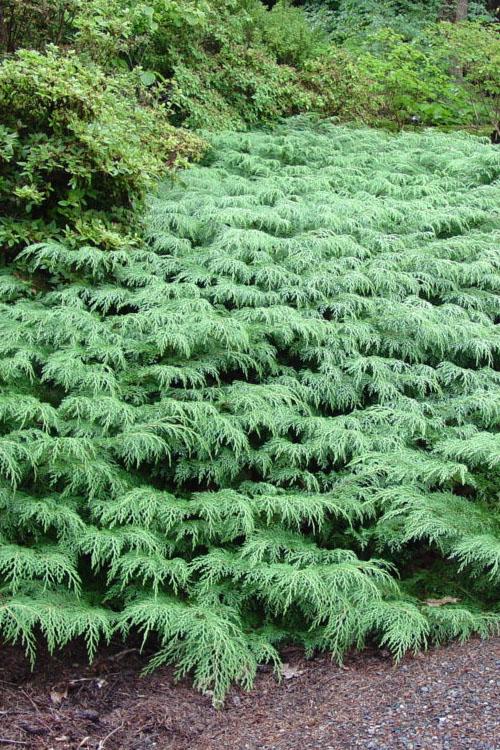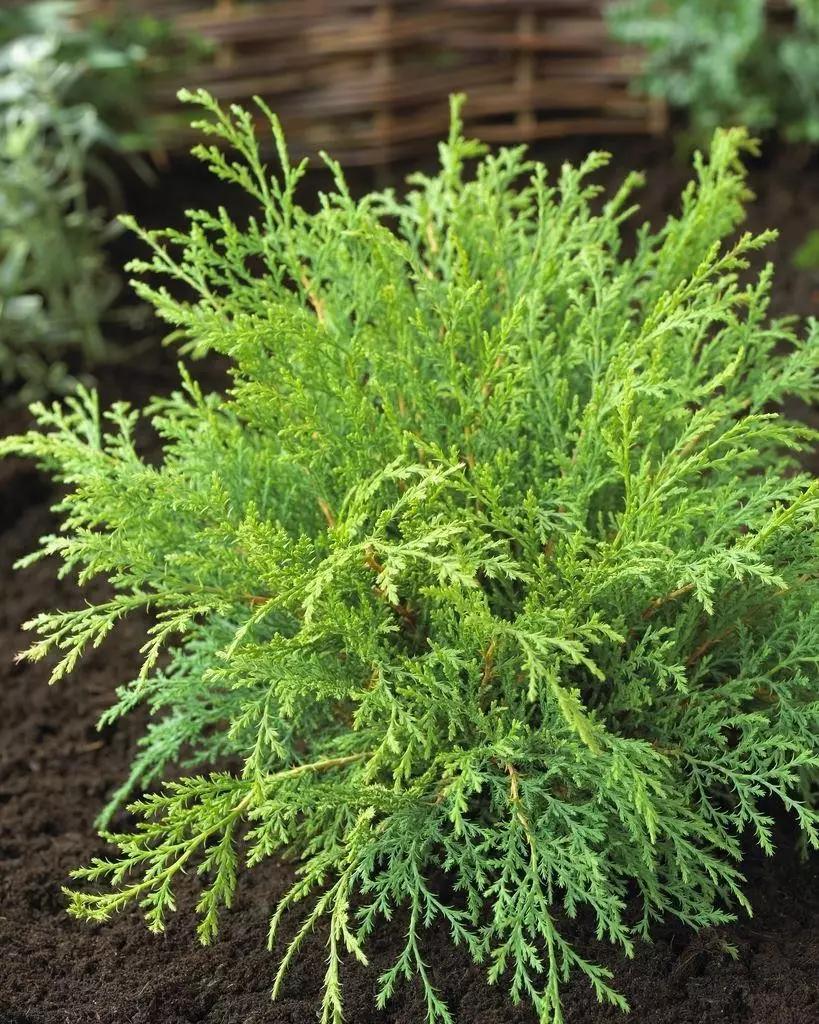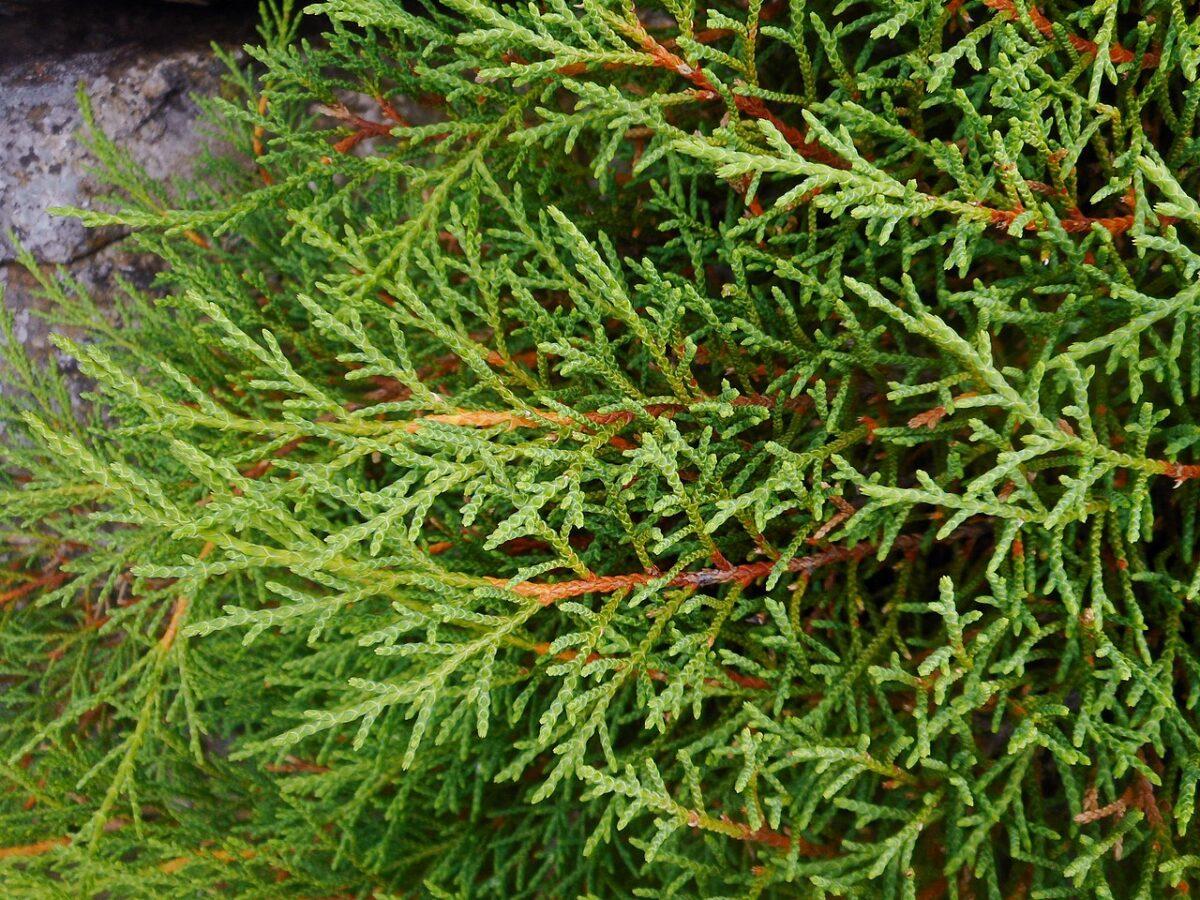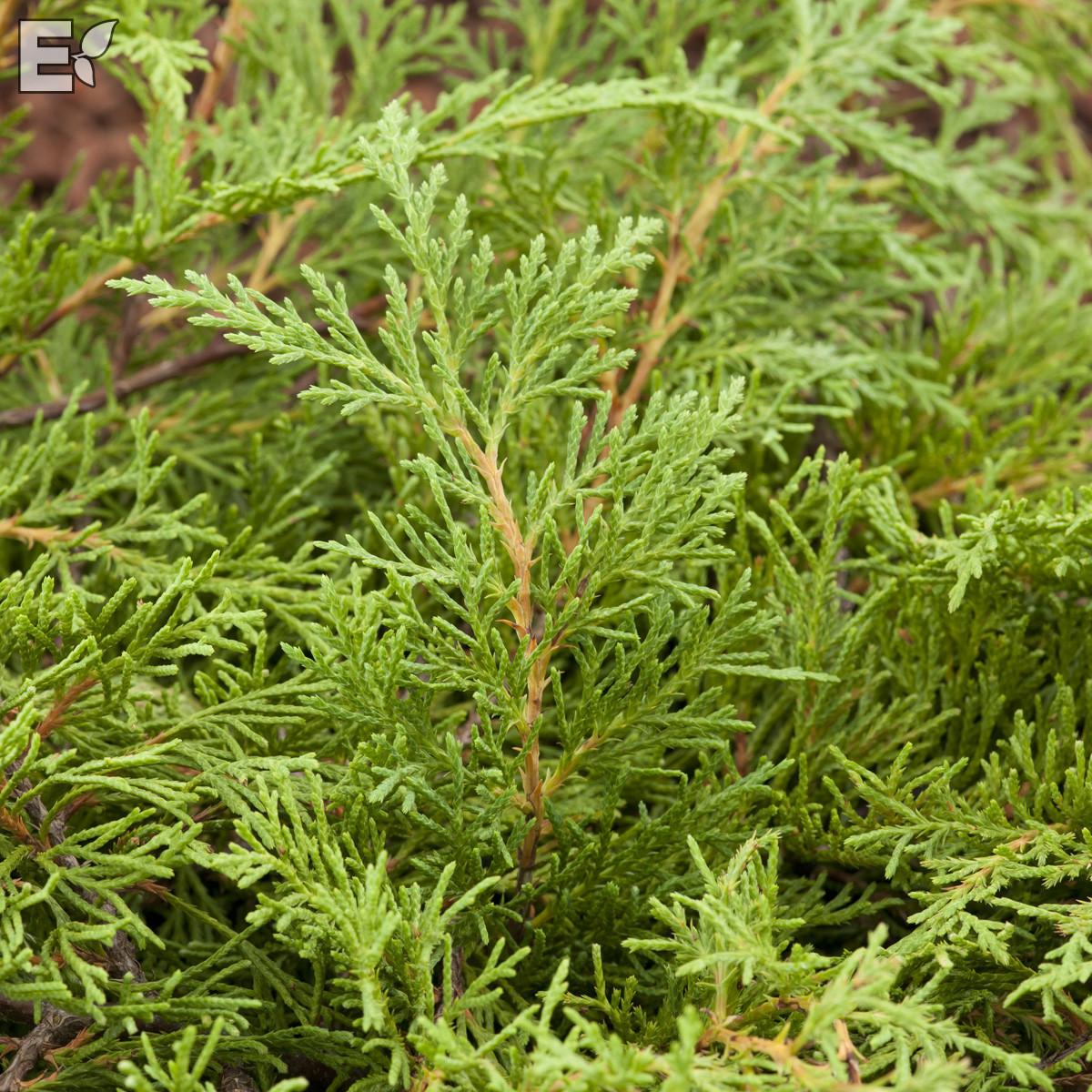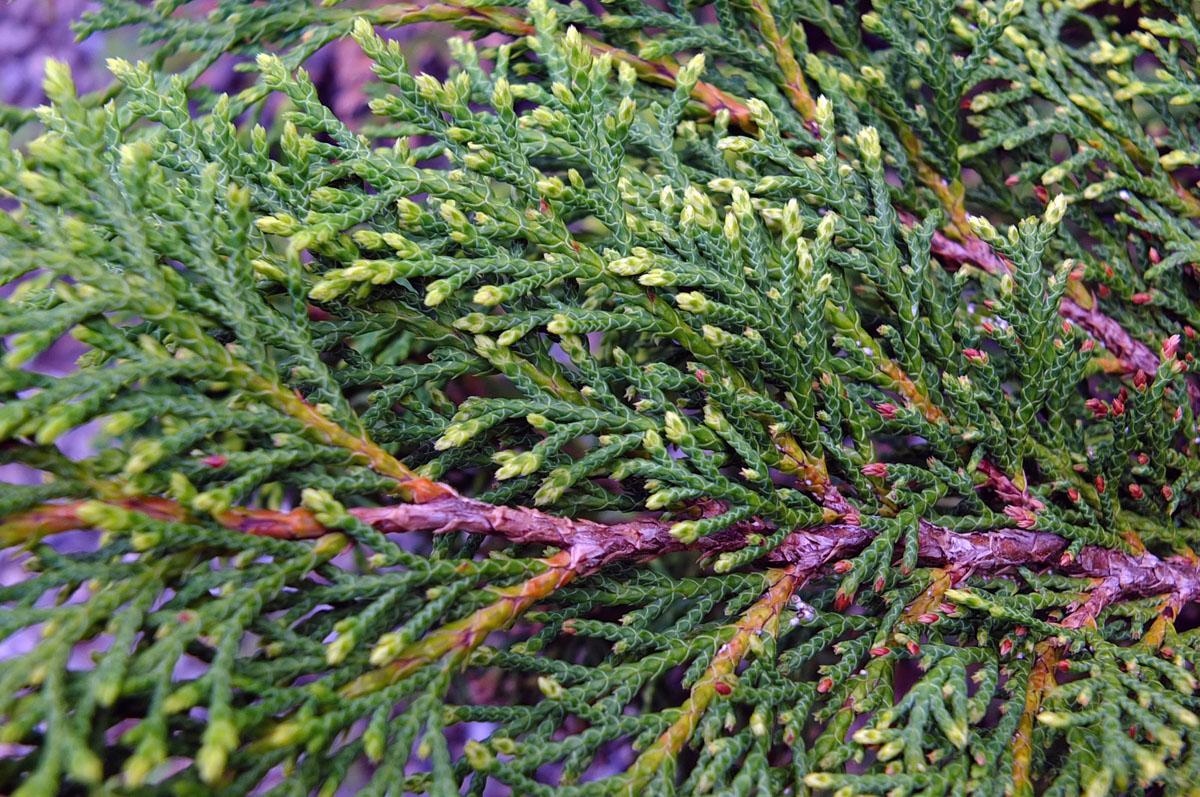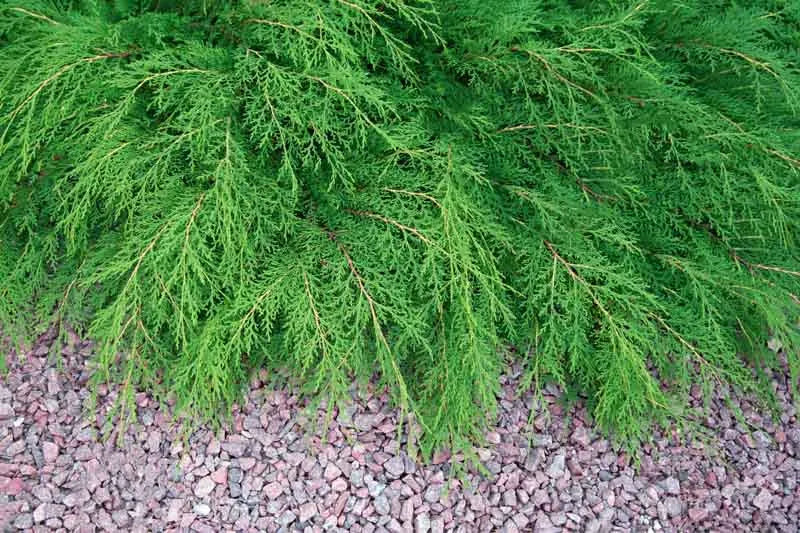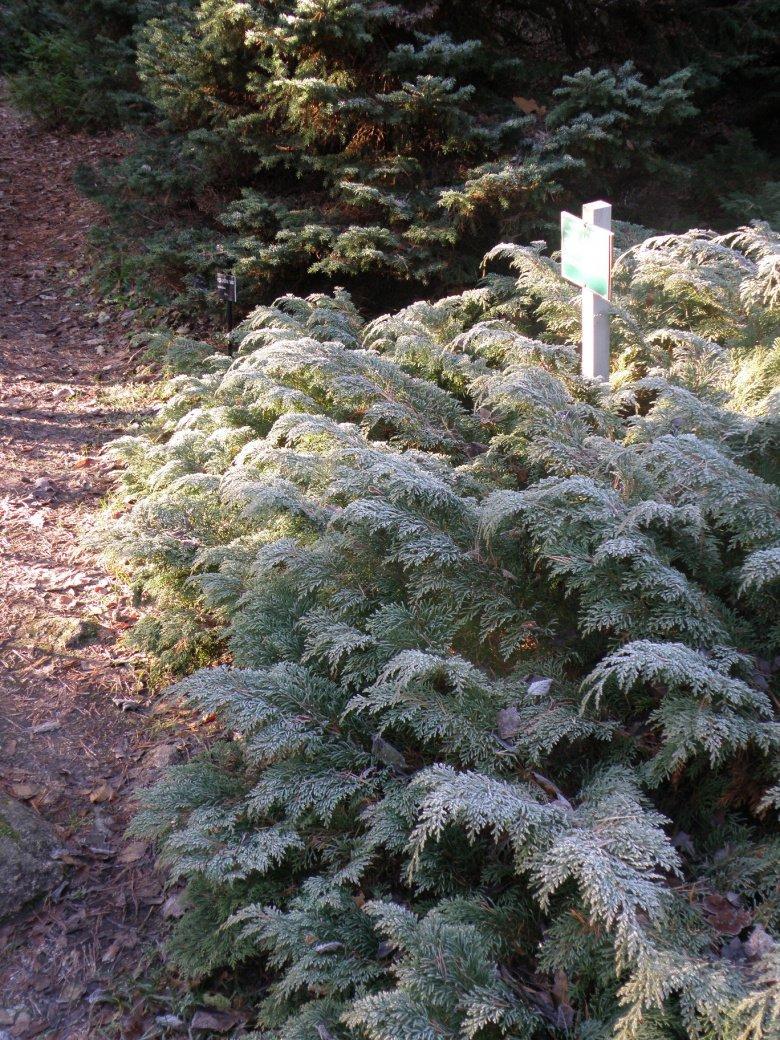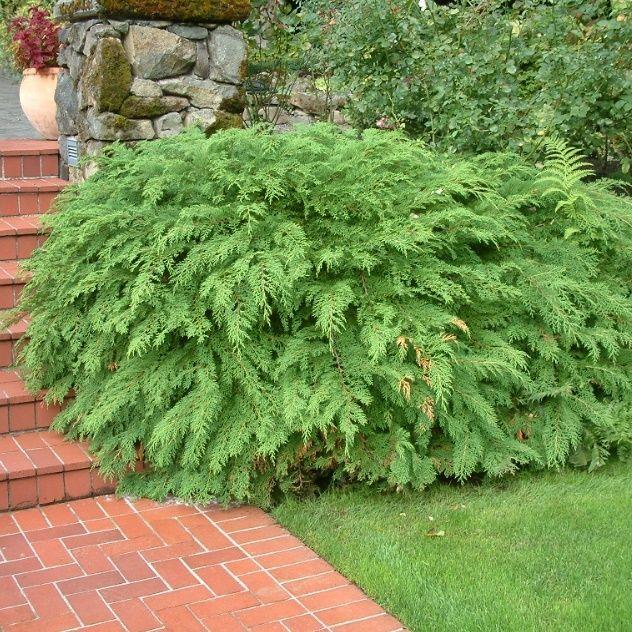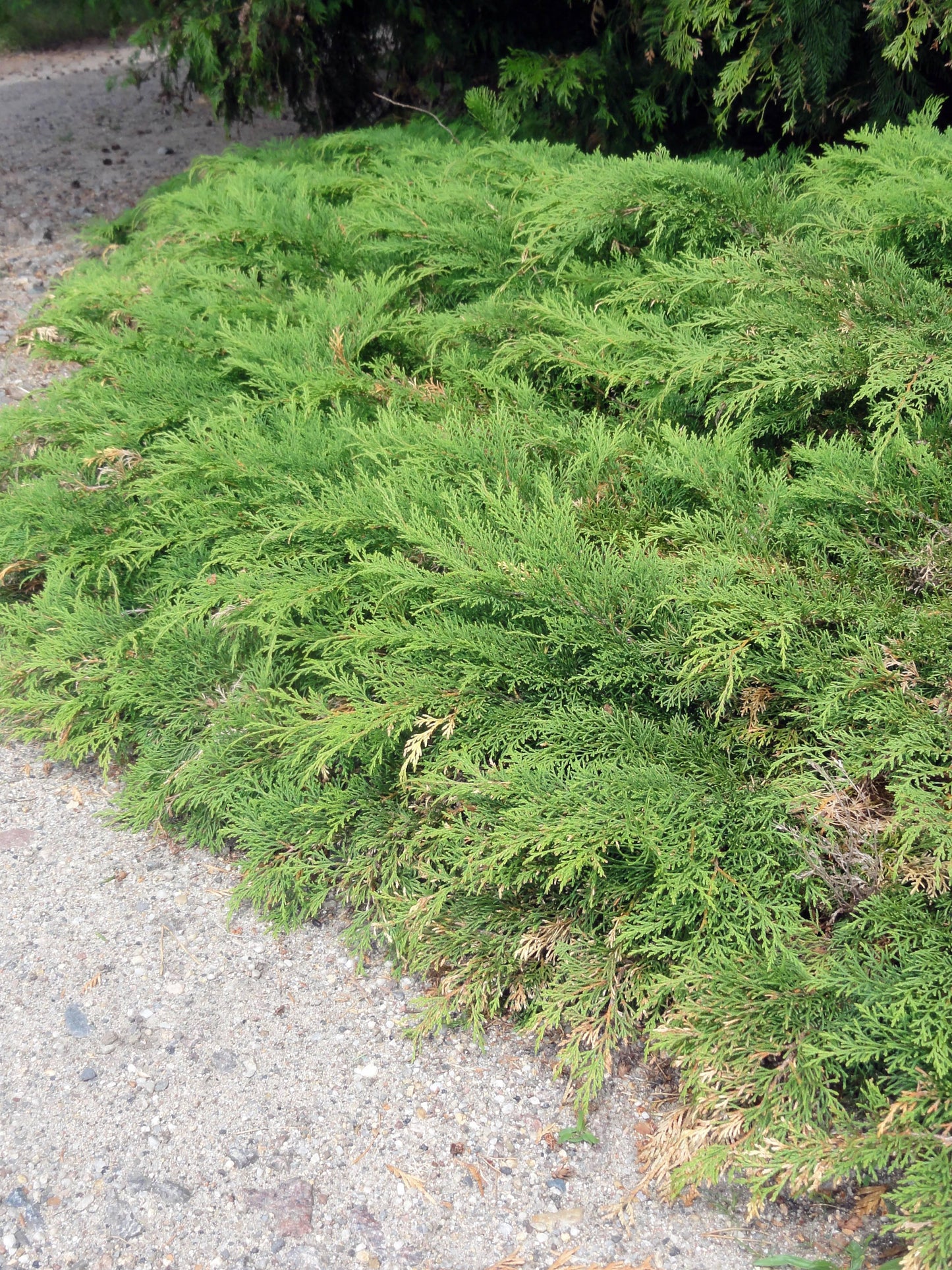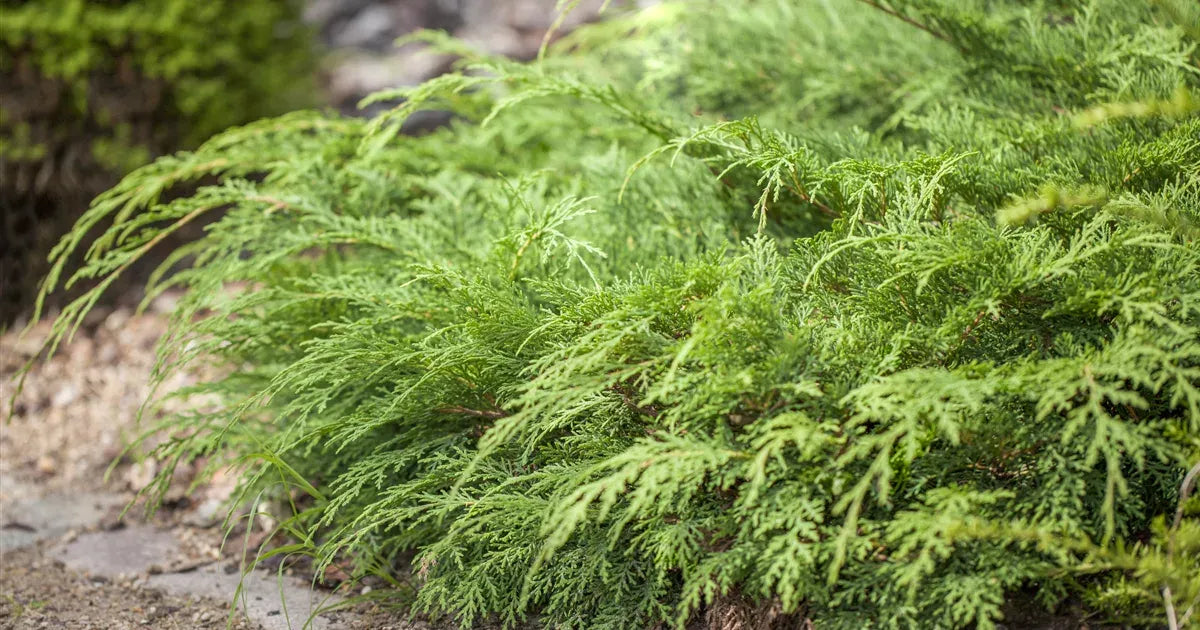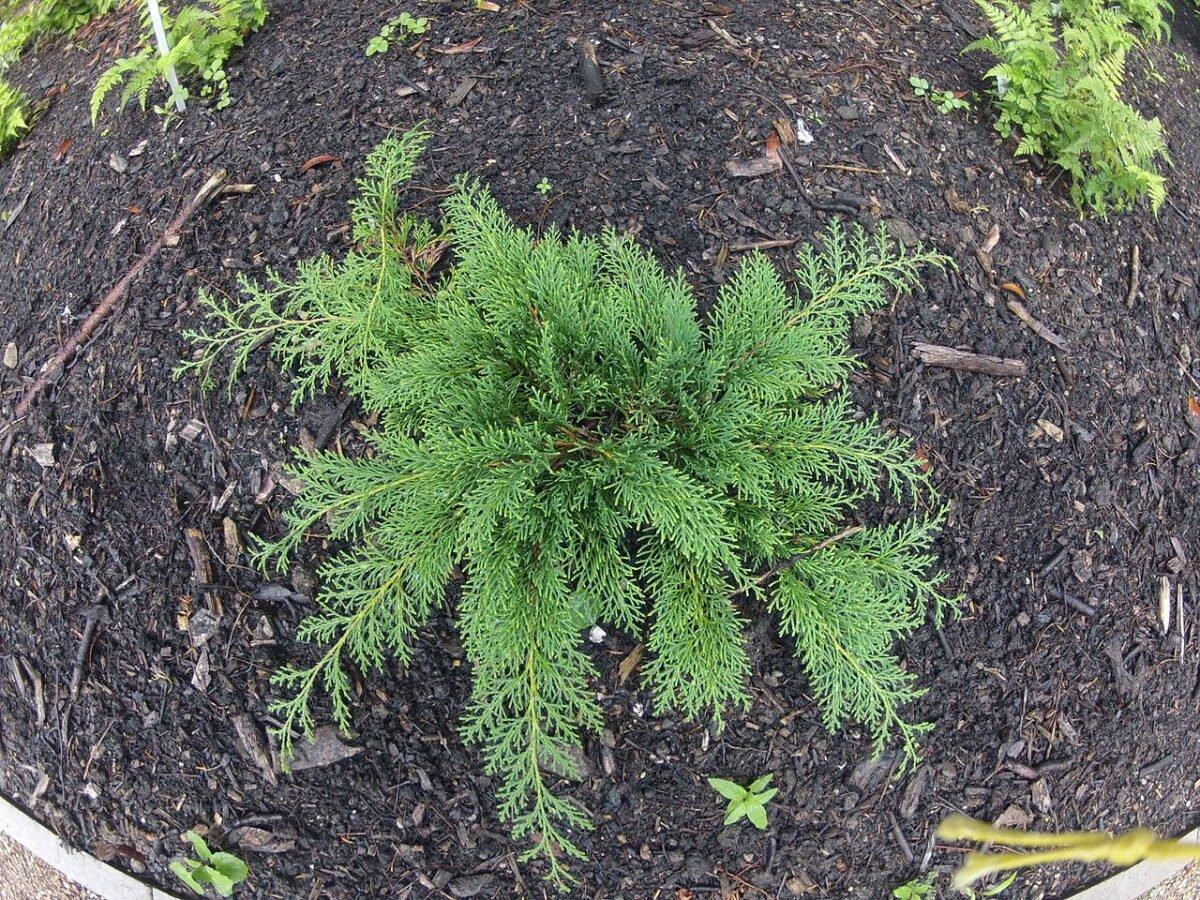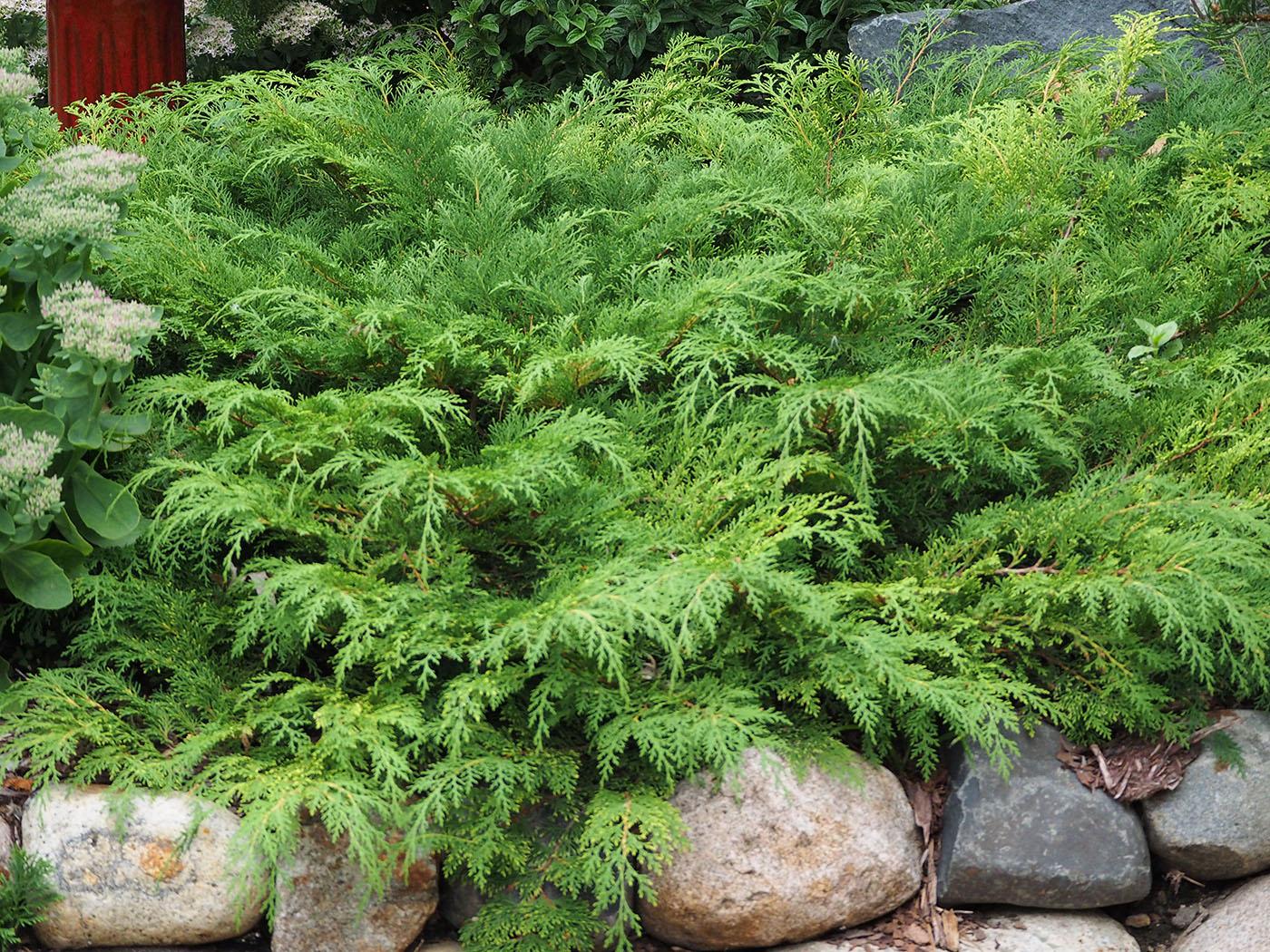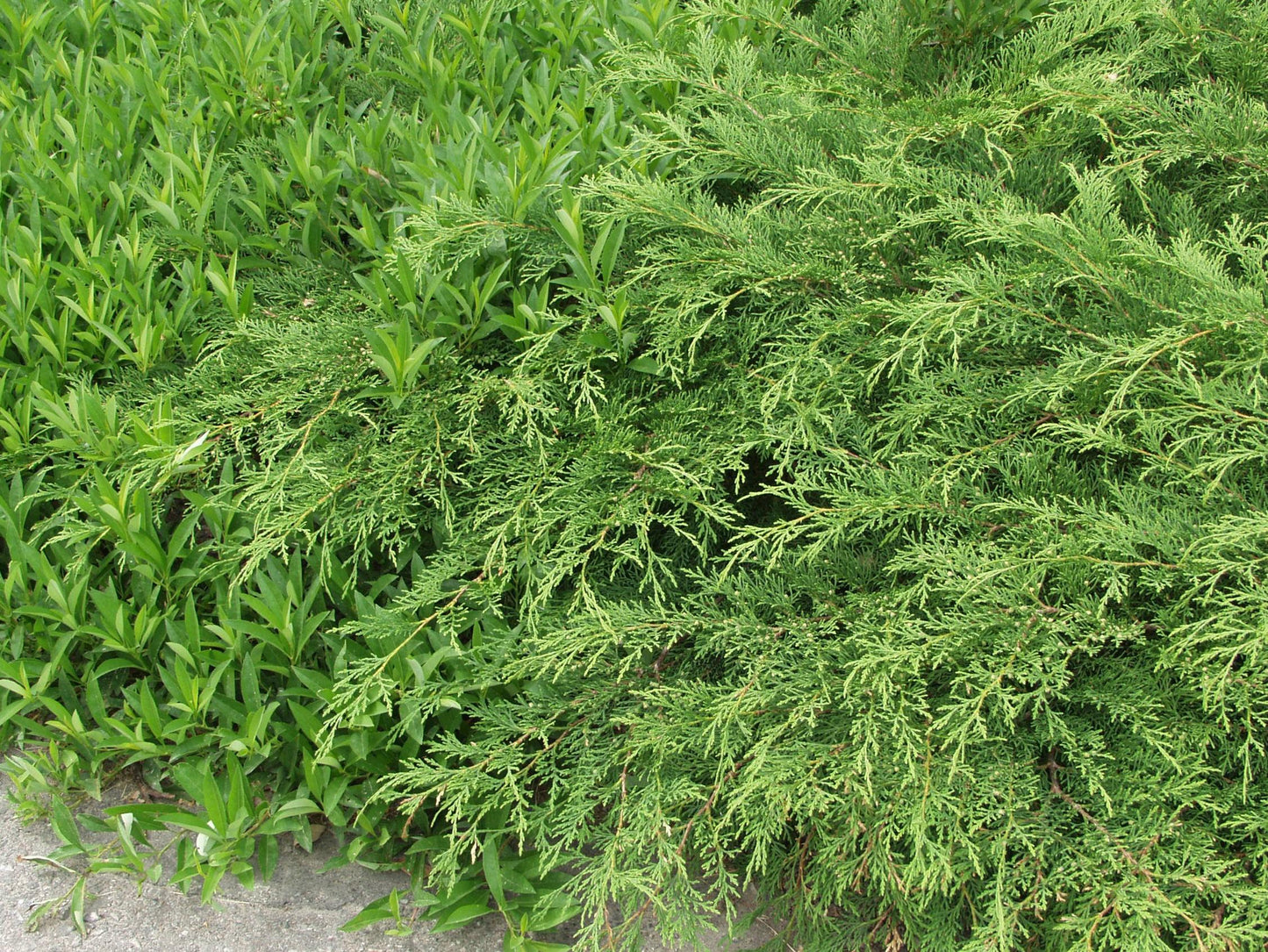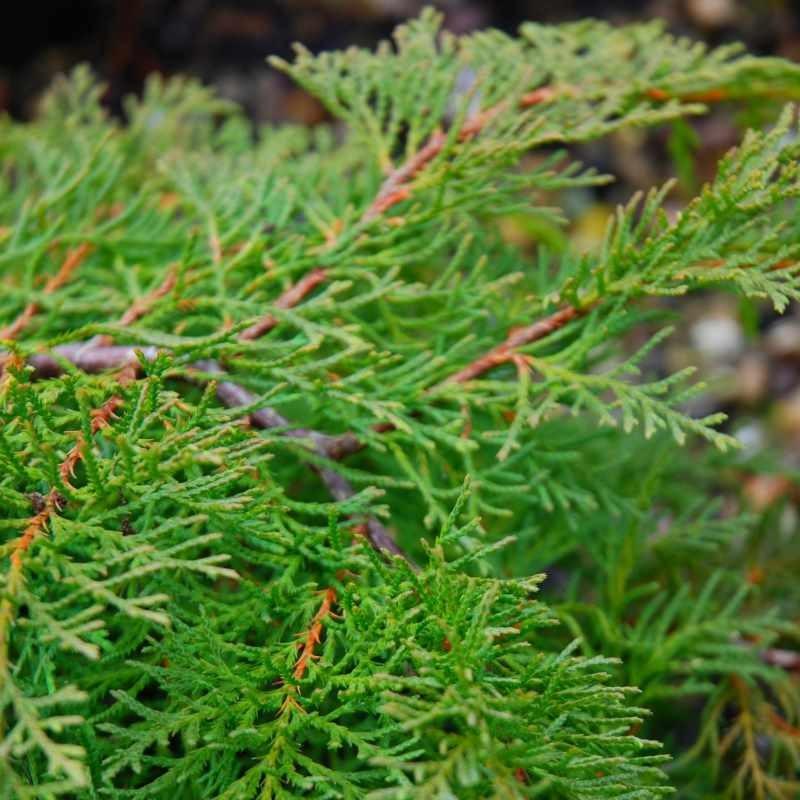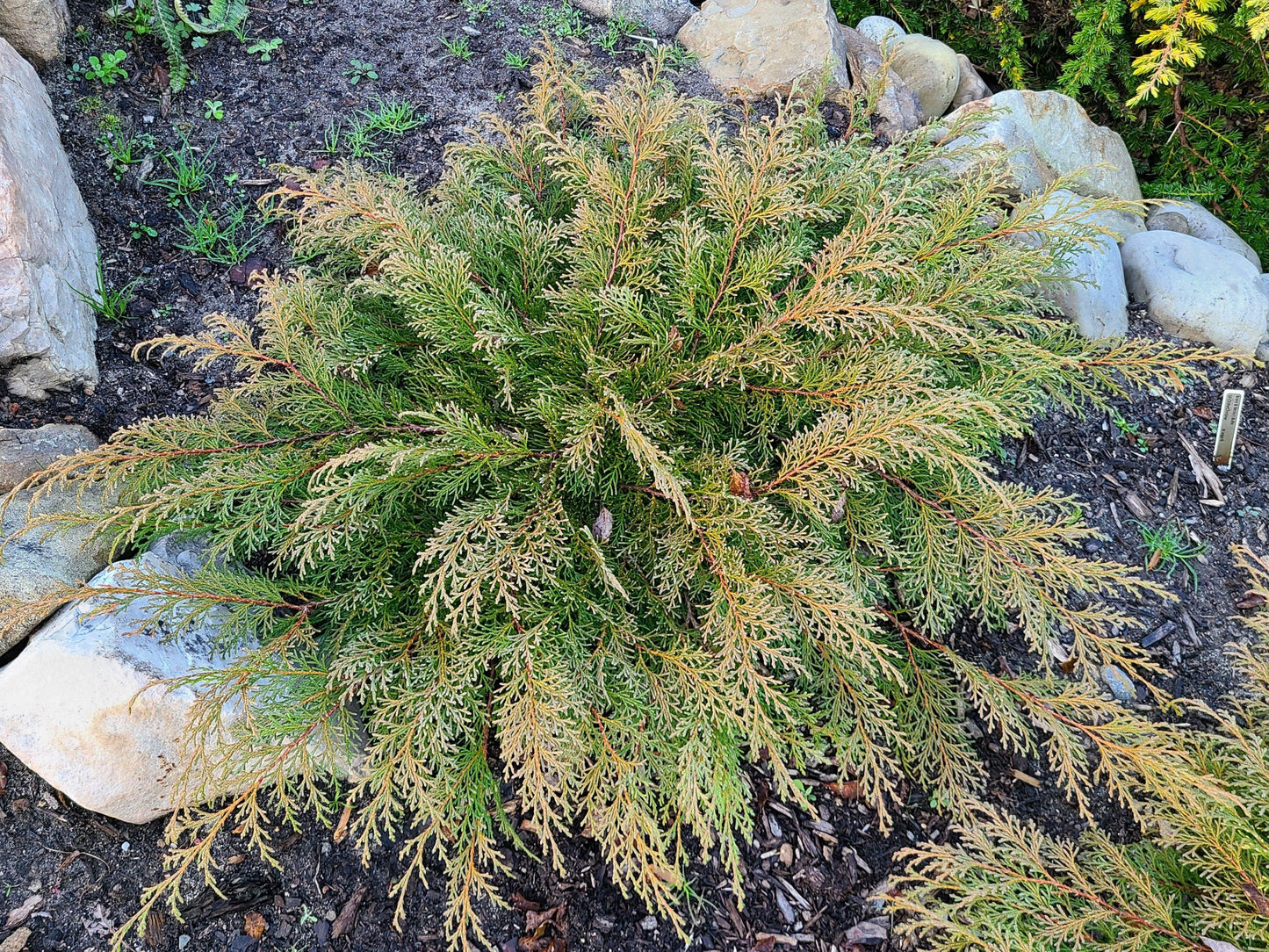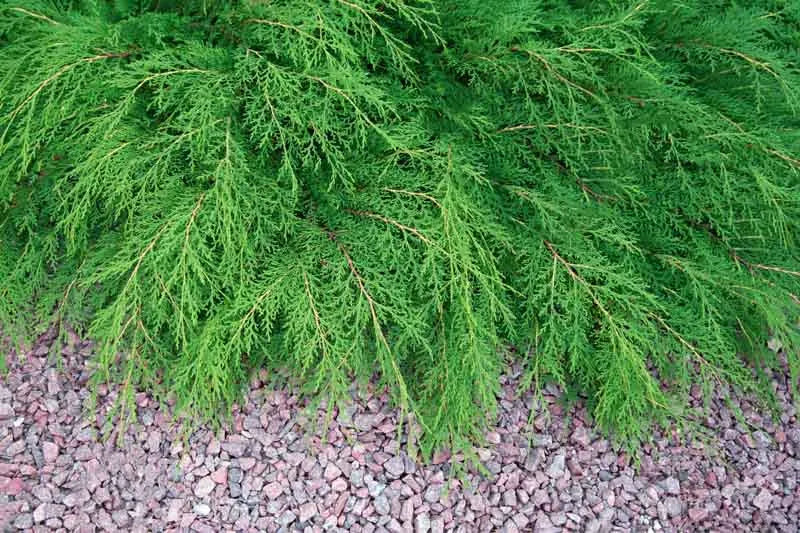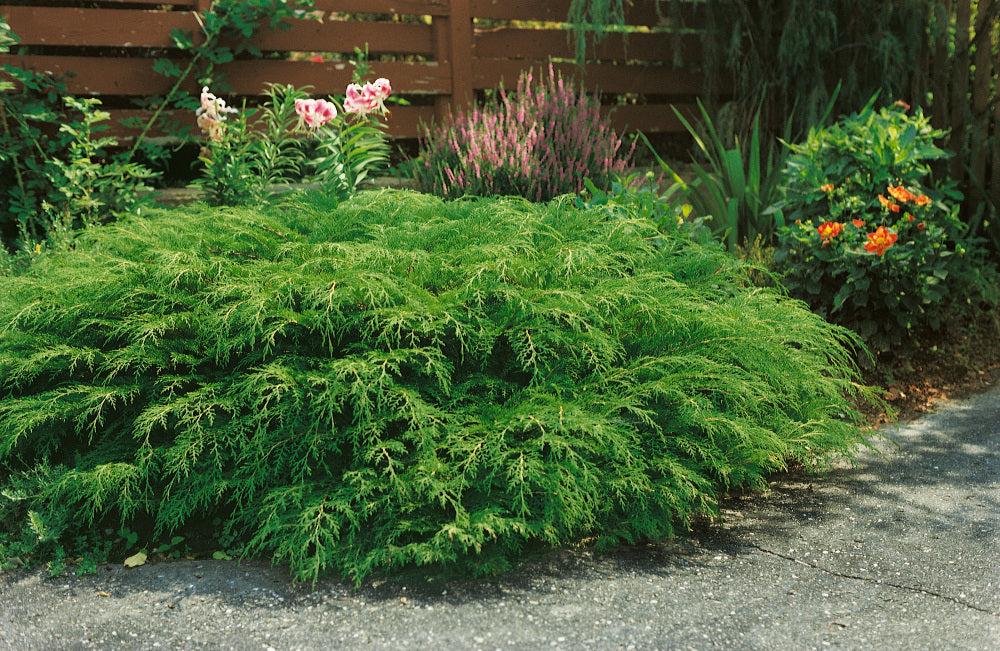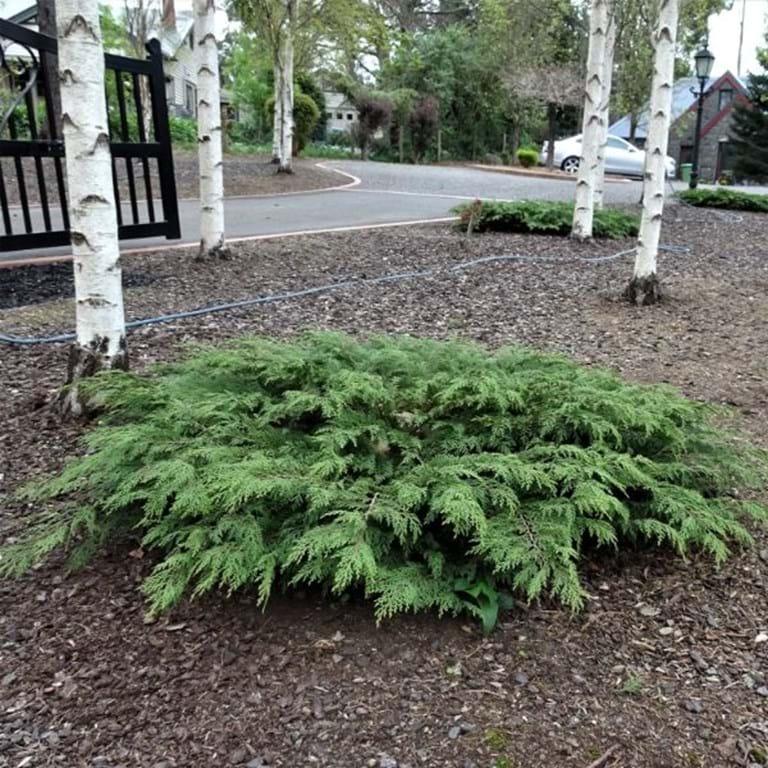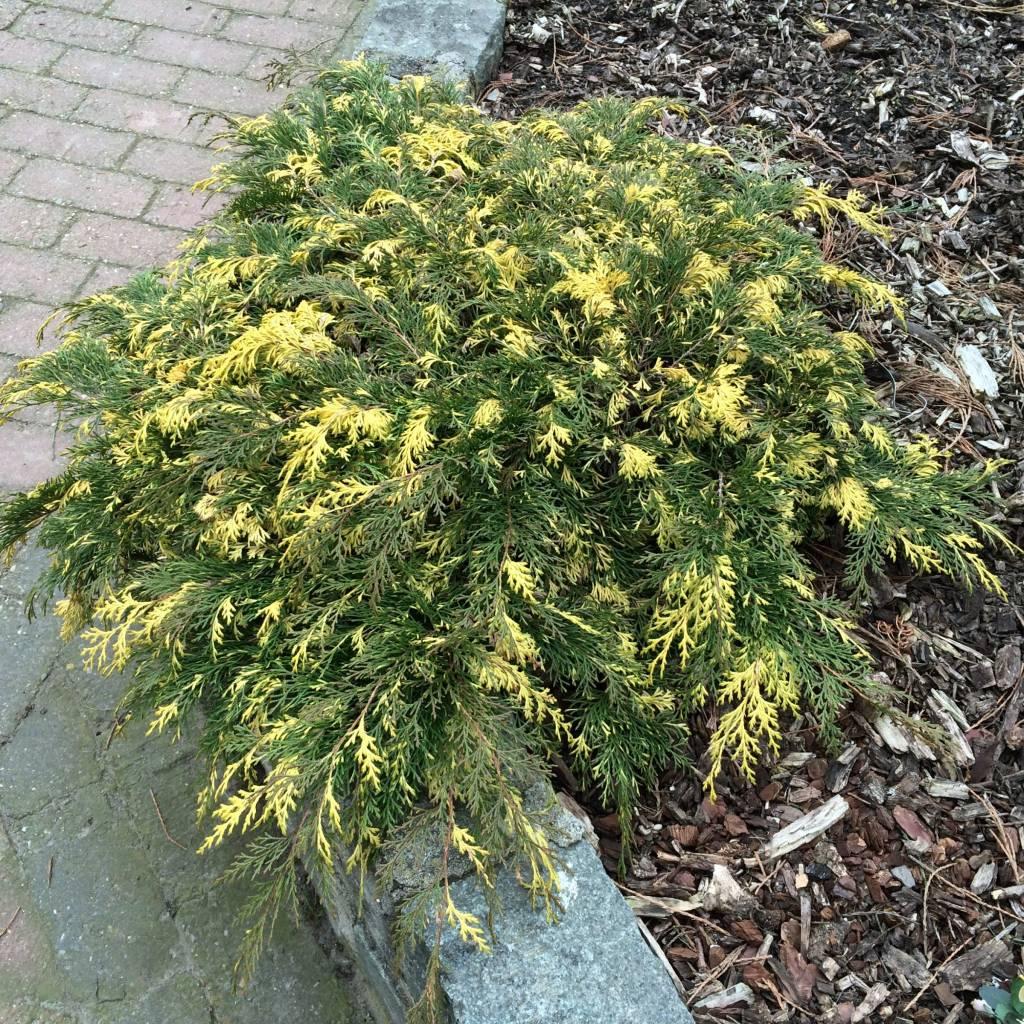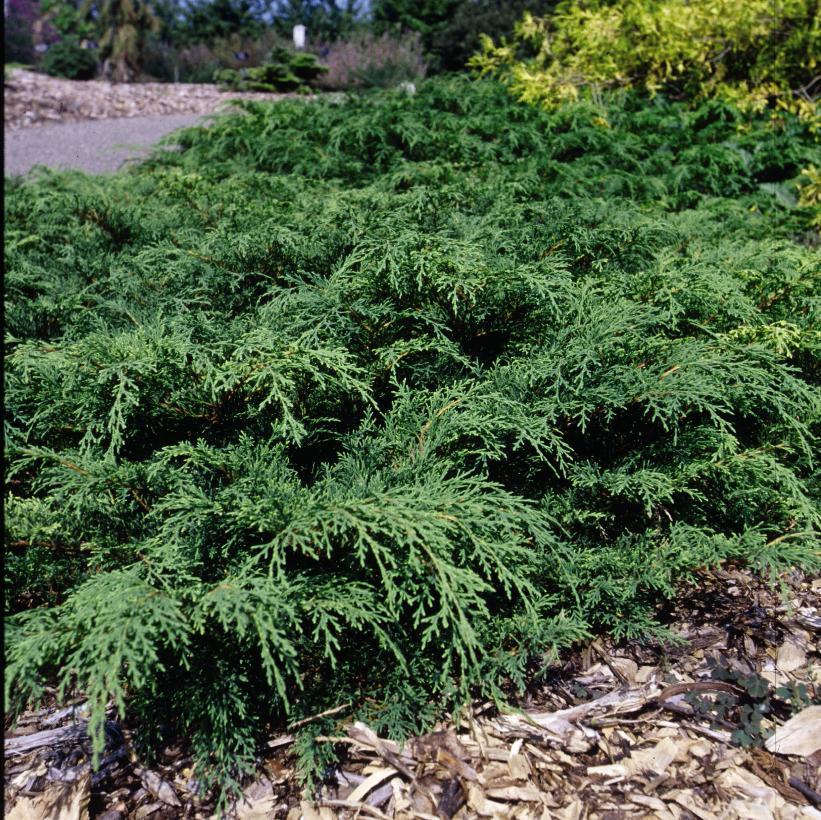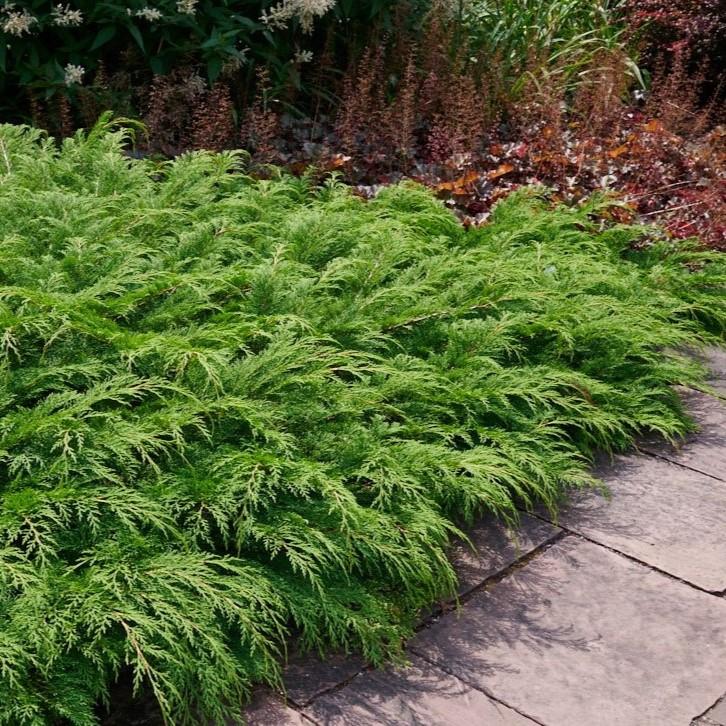1
/
of
23
Russian Cypress-Microbiota decussata-Low Maintenance Ground Cover 2 Gallon
Russian Cypress-Microbiota decussata-Low Maintenance Ground Cover 2 Gallon
Regular price
$140.00 USD
Regular price
$182.00 USD
Sale price
$140.00 USD
Unit price
/
per
Shipping calculated at checkout.
SKU:nse0409-redcrocus
Couldn't load pickup availability
Microbiota decussata
Description
Microbiota decussata, commonly known as Russian Cypress, is a low-growing, evergreen conifer that forms a dense mat of feathery foliage. It is native to the mountainous regions of eastern Siberia and is valued for its hardiness and adaptability to various conditions. The foliage is soft and scale-like, turning a bronze-purple hue in winter.
Suggested Uses
This plant is ideal for use as ground cover in rock gardens, slopes, or as a border plant. Its low maintenance and deer-resistant nature make it suitable for naturalizing in woodland gardens or as a backdrop in mixed shrub borders.
Plant Details
-
 Botanical Name: Microbiota decussata
Botanical Name: Microbiota decussata -
 Common Name: Russian Cypress
Common Name: Russian Cypress -
 Size & Growth: Typically grows 1-2 feet tall and 6-12 feet wide
Size & Growth: Typically grows 1-2 feet tall and 6-12 feet wide -
 Hardiness Zones: 3-7
Hardiness Zones: 3-7 -
 Foliage Type: Evergreen
Foliage Type: Evergreen -
 Bloom Time: Non-flowering
Bloom Time: Non-flowering -
 Growth Rate: Slow to moderate
Growth Rate: Slow to moderate -
 Light Requirements: Full sun to partial shade
Light Requirements: Full sun to partial shade -
 Attracts Pollinators: No
Attracts Pollinators: No -
 Indoor Friendly: No
Indoor Friendly: No -
 Container Friendly: Yes, with proper care
Container Friendly: Yes, with proper care -
 Deer Resistant: Yes
Deer Resistant: Yes -
 Pet Warning: Non-toxic to pets
Pet Warning: Non-toxic to pets -
 Fragrant: No
Fragrant: No -
 Cut Flower: No
Cut Flower: No -
 Grows Well With: Junipers, low-growing perennials
Grows Well With: Junipers, low-growing perennials
Care Tips
-
 Planting Instructions: Plant in well-drained soil with good air circulation
Planting Instructions: Plant in well-drained soil with good air circulation -
 Soil Moisture: Keep evenly moist but not waterlogged
Soil Moisture: Keep evenly moist but not waterlogged -
 Soil Type: Prefers acidic to neutral, well-drained soil
Soil Type: Prefers acidic to neutral, well-drained soil -
 Humidity: Tolerates a range of humidity levels
Humidity: Tolerates a range of humidity levels -
 Pruning Instructions: Minimal pruning required; trim to maintain shape
Pruning Instructions: Minimal pruning required; trim to maintain shape -
 Winter Care: Mulch to protect roots in colder zones
Winter Care: Mulch to protect roots in colder zones -
 Planting Depth: Plant at the same depth as in the nursery container
Planting Depth: Plant at the same depth as in the nursery container -
 Fertilization: Apply a balanced fertilizer in spring
Fertilization: Apply a balanced fertilizer in spring -
 Special Care: Avoid planting in overly wet areas to prevent root rot
Special Care: Avoid planting in overly wet areas to prevent root rot
Share
